Currently the Fashion Editor at Mint, Shefalee is known to most in the industry as a sari clad journalist who, through an investigative and involved perspective, has been intent on covering fashion as a respectable beat, with informed criticism at the heart of most of her articles. Fashion, however, is not where she started her journalistic career – one that is unusual with a stint in Hindi language TV and extensive reporting on trafficking, women’s rights, child rights and domestic violence. She shares with us her turning point as the Editor of Marie Claire India, and why one should never take free clothes from designers. Edited excerpts:
The beginning > I was born in the small town of Adipur, Kutch, which was founded after the partition of India to rehabilitate displaced Sindhis. My parents, now no longer alive, came to live in Adipur. They were both writers and individually won the Sahitya Akademi Award for Sindhi writing. Writing ran in my blood I suppose.
My father, Prof. Harish Vaswani, was a well known literary critic, poet and novelist and is till today called the pioneer of New Sindhi writing – which features contemporary literary criticism of Sindhi literature. My mother was a short story writer. Through conversations at home, I started understanding literature very early in my life. Those discussions, the pain and lingering paranoia of Partition that bled out of my parents’ conversations, Gandhian ideals espoused by my parents and my father’s influential personality — especially his skill of verbal and written articulation – were my strongest formative influences.
Above: Shefalee as a child
Early inroads into writing > I used to write essays in school that were always appreciated and did well in my English literature classes too. I would also sporadically write simplistic, childish features for Times of India Ahmedabad’s amateur page – inconsequential pieces, but they were a beginning. There seemed to be an easy inclination towards writing. I knew I wanted to be a journalist but did not have any impression of it as a career. I was only impressed by it – informed by the many publications that came home including India Today, Dharmyug and Illustrated Weekly, of which India Today became a big influence.
During my graduation, I participated in and took back trophies from the state level Times of India Public Speaking contest for three consecutive years, which pushed me further to pursue journalism.
Challenges > Getting married at the age of 18, which was my choice, and nurturing the ambition to study and make a career in journalism came with a bunch of challenges. I cooked, looked after the house, managed laundry and other chores like most Indian wives are expected to and went to college. Rising most days at 3 am to study and hold on to my top rank became routine.
Above: Shefalee, with her mother
My responsibilities multiplied after my son Eklavya was born when I was 20 years old, just after I completed my graduation. Till we stayed in Adipur, I had lots of babysitting help from my parents but my then husband (ex husband now; we divorced about fifteen years ago and I have been remarried for the last ten) was on a transferable job. So we had to move cities, postings and houses from Rajkot to Goa while I plodded through my post graduation studies and bringing up Eklavya.
I remember writing a competitive exam in Mumbai after handing my child to an aunt and older cousin to hold and pacify outside the examination hall while I wrote my papers.
Defying comfort zones > After a few print journalism jobs spanning 1992-99, I scripted, anchored and co-produced a Hindi TV programme for DD News called Satya, to break the comfort of thinking and writing in English language. I did not attempt Hindi print journalism because writing in any language involves nuances, metaphors, idioms, references, depth and details – and I did not have that strong a grip on Hindi. Television, on the other hand, required spoken Hindi, and I was always good at oratory.
I have a pattern of challenging my comfort zones; perhaps I’m self-destructive and not self-preservative in that sense. As soon as something gets easy, I feel the need to do something different and difficult. Every time I broke a comfort zone, I learned new skills to survive and prove myself – it’s a great intellectual survival tool for me.
When I challenge myself, I prioritise the writing opportunity over a top designation. After my stint in television, I returned to English journalism with a job at India Today, where I would write on women’s issues and report from villages and towns on trafficking, women’s rights, child rights and domestic violence. These issues best informed my training and exploration as a journalist, and fed my hunger for reportage-based stories.
Above: An article in Marie Claire covering the beginning of Vidya Balan and Sabyasachi’s style relationship.
Foray into fashion > When I was offered the position of Marie Claire India’s first Editor in 2005, my first thought was – why is Vinod Mehta (the late editor-in-chief of Outlook) offering me the job? I didn’t even write on fashion. I was more in the popular culture and gender writing space. But as I learned, Marie Claire was editorially configured around the world as a women’s magazine that essentially did investigative and gender stories, along with fashion and beauty. That was my strength and perhaps Mr. Mehta wanted the magazine in India to take that editorial stance.
The training at Marie Claire and my keen and lasting interest in fashion led me to think there was space for serious fashion writing in India that could bring to the genre the inquiry, reportage, analysis and objectivity of other kinds of journalism. Why couldn’t fashion be reported like business, politics, health, foreign affairs or gender issues?
Somewhere in my fourth year at Marie Claire, I realised with intensity and clarity that much as I loved the job and fashion, I didn’t want to carry on working in a fashion magazine which in India is interpreted most narrowly – Bollywood stars on the cover and stories that suit the advertisers. I didn’t want to be handcuffed by these two generic ideas.
Above: An article in Marie Claire by Shefalee
That restlessness and questioning led me to accepting the offer from Chiki Sarkar, then editor-in-chief at Random House, to write a book on fashion’s lesser reported aspects in India. Chiki felt that I had something to say beyond writing on trends or who wore what in Bollywood and gushing over international luxury brands that advertised in fashion magazines. My book, ‘Powder Room: The Untold Story of Indian Fashion’ was published in 2012. That phase of restlessness at Marie Claire and of writing the book led me to strategically think about my career as a fashion writer.
Fashion is my favourite anthropological tool. The history of dress and costumes tells us about society’s evolution, and for me it’s the most fascinating way to comprehend history and society. Through clothing I’m trying to understand the times that we live in and the times earlier people had to live. Sexuality, power, ambition, careerism, feminism – I have been able to find a road into exploring all these issues through clothing and fashion.
Diving deeper > While writing the book I sent a note of request to Shekhar Gupta, then the editor-in-chief of The Indian Express, if he would consider giving me a space in the Express Sunday magazine to write a weekly column called ‘Unfashion’. I wanted to report on the underbelly of fashion, to bring in less talked about issues to the table and also report on mainstream trends and fashion weeks. The column invoked more responses and engagement than I’d imagined a shift toward serious fashion writing would. ‘Unfashion’ dramatically changed things for me as a fashion journalist – I was offered the job of an Associate Editor at Indian Express, where I worked for two years before moving to Mint in 2012.
Today, I still do that kind of work at Mint – mixing reportage with column writing – but it has become a full fledged segment – writing seriously about fashion, luxury and design through reportage and opinion pieces. Mint is the only paper in India, currently, which enables development journalism in fashion and the crafts sector.
Above: Shefalee at the launch of Sheila Kumar’s book ‘Kith and Kin: Chronicles of A Clan’
Industry critique > Editors need to assign and dedicate space in their main newspapers and in substantial sections of features pages to review and analyse the fashion world. They need to support and encourage it like any other aspect of journalism so writers can do their job fearlessly, freely and with great responsibility.
The fashion industry, from its end, can perhaps create an atmosphere of exchange, review and feedback through seminars, conferences and talks. It can invite designers, editors and journalists to engage with each other more openly and vigorously. This is not easy though as there are some on either side – media and fashion – disinterested in these aspects of the fashion industry. Such attempts at bringing multiple minds together can be rather challenging and has to be done with care and objectivity.
Indian urban aesthetics > Bollywood and celebrities are unfortunately still the biggest influencers of fashion aesthetics but the tide is turning – even if its impact is mild and the numbers small. Especially in cities, not everyone seems to be unanimously obsessed with flamboyance, over the top clothing and over accessorising. There is a slow but sure veering towards the fashion potential of handlooms as well as minimally embellished clothes in stronger cuts and tailoring.
The surge of interest in handlooms and handloom fashion is, I think, the only strong alternative to Bollywood-inspired dressing. Bollywood is clearly not fascinated with Indian handlooms but a growing number of Indians are responding to it in curious and compelling ways.
The former lack of identity of Indian fashion; the boredom and unoriginal dressing that was the fallout of aping the West in fashion designing; the dexterous and imaginative reinterpretation of Indian textiles by some designers (to take Indian fabrics beyond the unstitched drape); the return to the sari as a garment of power, purpose, trendiness and individualism; and the cultural and economic surge of interest in India by Indians as well as other countries have all contributed to this wave of handloom revival.
People > Aroon Purie, editor-in-chief of the India Today Group, for unfailingly asking a pulsating and relevant question in all edit meetings, one that matters so much in journalism: ‘What’s the story?’ I still ask that question of myself time and again, and from those who work with me. Vinod Mehta for giving me the Marie Claire job; thus turning my journalistic career upside down in a dozen ways. He was a fond mentor of mine. He valued opinion – his own and equally that of others, however contradictory to his own it may be. He respected detractors and helped me develop rhinoceros skin as well as look at criticism with equanimity.
Above: References – The New Yorker, Time and Vanity Fair US
Lessons in good journalism > Read, research, read again, know your facts, cross check, double check till it breaks your back, and understand context and references. Whether it is a period, idea, person, silhouette, fabric, texture, revolution, downfall, icon or faux pas … do your homework before shooting with your pen. Opinions can be weak or strong, wimpish or impactful, but there is no room for ignorance and factual errors in good journalism.
When you critique or review make sure that you have shed your bias to the best of your ability, that what you are writing is the best effort you can put at that time, and that you have weighed your thoughts truthfully. Don’t review by hearsay or “‘impression” but personally see or read what you are reviewing.
It’s important, here as well, to weed out factual errors and put your work out as a piece of good writing, not one of vindictiveness. Don’t write on the whim to attack or please someone. Doing a review is a big responsibility. This kind of vigour and responsibility needs to be reflected upon constantly so that it can be chiselled.
Do not take freebies, favours and free clothes. Don’t even borrow clothes from designers to wear. If you are close friends with someone and still must write about them, let your editor know so he/she can take a call whether to publish or not. Follow all journalistic ethics, especially if you are a fashion writer as our breed is still perceived as fickle, flashy and quick to ride on favours and free clothes.
Life beyond work > I read, obsessively binge watch American TV series on Netflix, exchange messages over WhatsApp with my son who lives in the US and exercise like a freak – swimming and yoga included.
My husband and I share a great relationship – we are a humorous team. We spend time together eating out, window shopping and real shopping, getting out of the house for coffee or a dosa or muffin, talking about books, movies, politicians, watching Bollywood films and travelling in India and abroad. I also have a bunch of stray dogs as friends who I feed and look after. They are one of my lifelines.
The Pieta by Michelangelo at the St Peter’s Chapel at the Vatican, Rome, is a work of art that stirs visceral emotions and deeply moves me.
References > Scroll.com, The Huffington Post, The Wire, The Business of Fashion, Luxury Daily, WWD, Time, The New Yorker and Vanity Fair US
Among my favourite writers are Lev Grossman of Time, David Brooks of The New York Times and Judith Thurman who writes for The New Yorker. Among the three, only Thurman writes on fashion, but I love Grossman’s directness and depth and Brooks’ astuteness and pragmatism.
Favourite articles written >
Looms of The Valley (Reported from Kashmir as a part of a series on Next Generation Craftspeople)
Work history >
Fashion Editor, Mint, New Delhi, 2012 – present
Associate Editor, Indian Express, New Delhi, 2011 – 2012
Editor, Marie Claire, New Delhi, 2005 – 2010
Assistant Editor, India Today, New Delhi, 2001 – 2005
Anchor, Script Writer, Co-producer, Satya on Doordarshan, New Delhi, 1999 – 2000
Features Editor, Cosmopolitan, New Delhi, 1996 – 1999
Senior Sub Editor, Asian Age, New Delhi, 1995 – 1996
Sunday Magazine Head, Navhind Times, Goa, 1992 – 1994

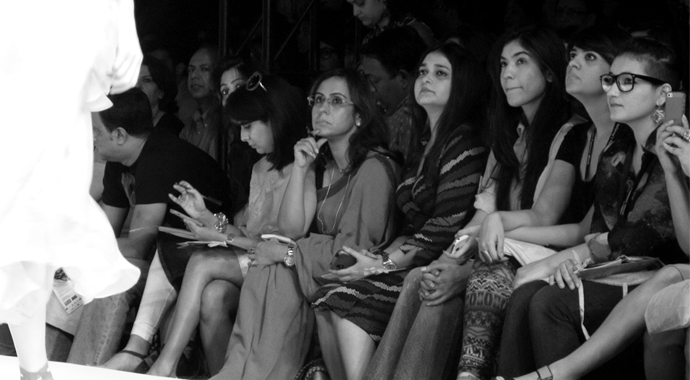
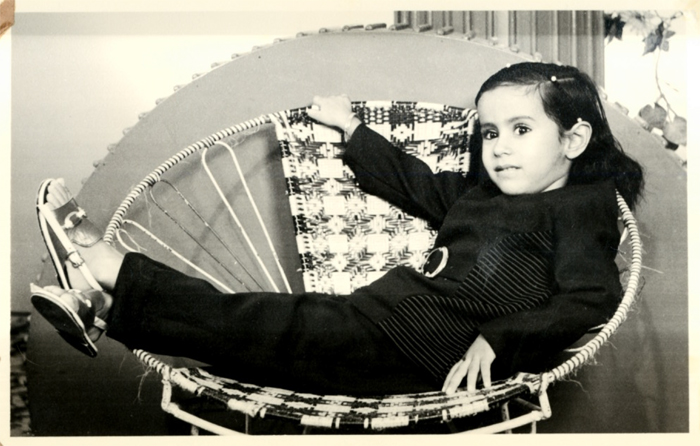
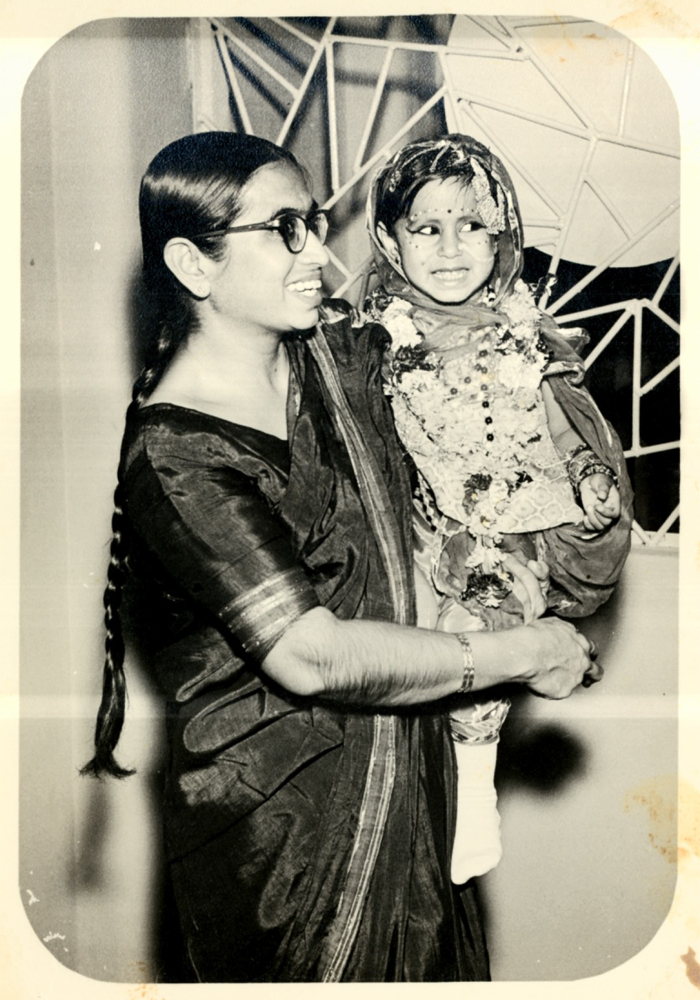
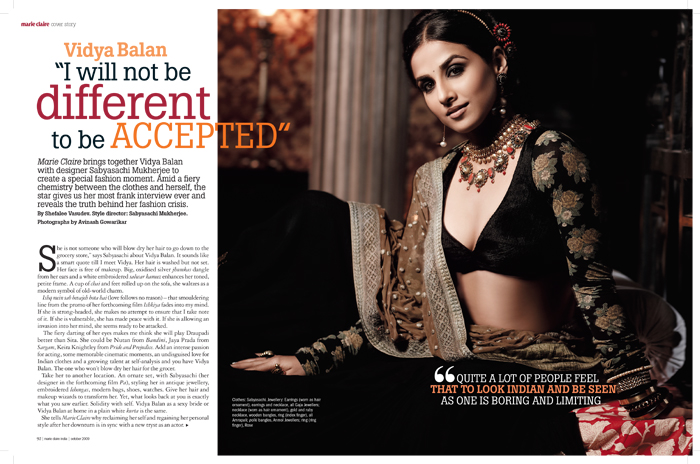
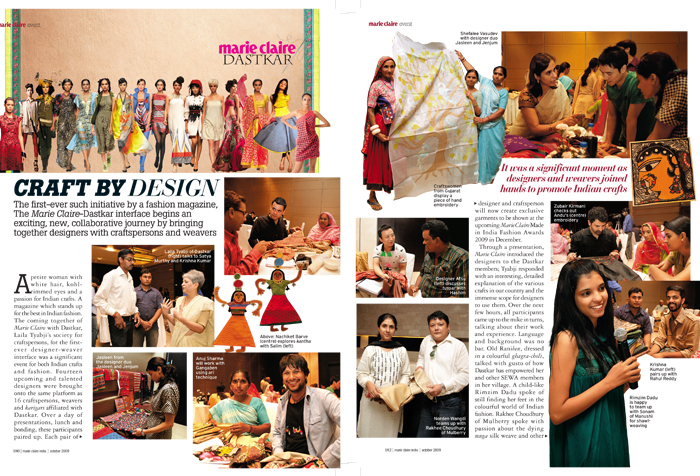
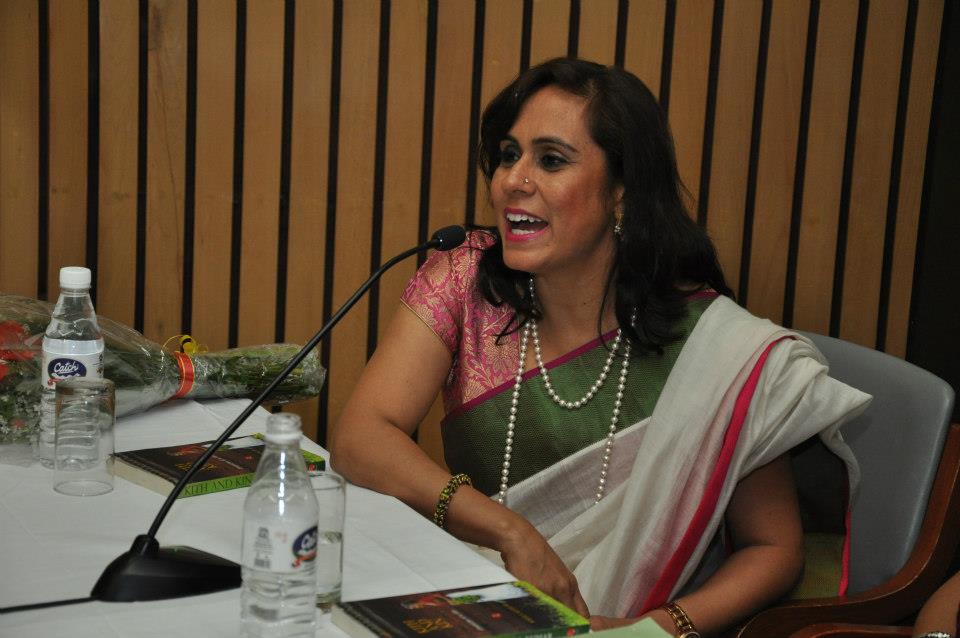
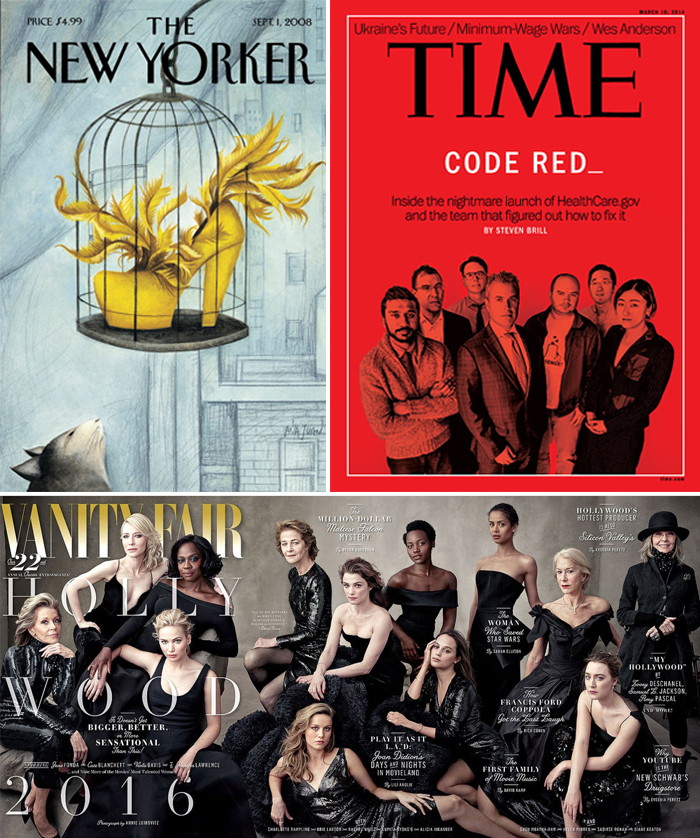
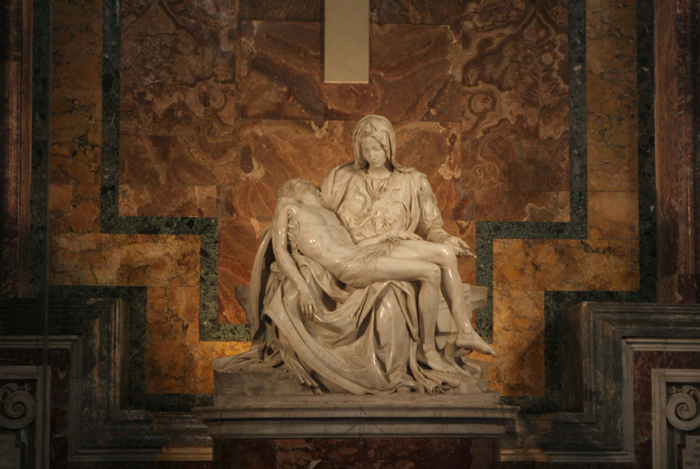
Admire her take on fashion, textile and craft at large. Very insightful, always. thanks for the interview.
Read ‘First Lady vs the first person’ today. Fascinating. Interesting. Invigorating. And intelligent.
Didn’t know shefalee Vasudev before this day, my ignorance. Searched her. Inspiring. Very inspiring.
Every thought of yours, shefalee, is a marvel.
Thank you
Your reader
I had the chance to Spend a few hours with sheefalee at the lfw2018 and absolutely felt in love with her humility and jovial nature.